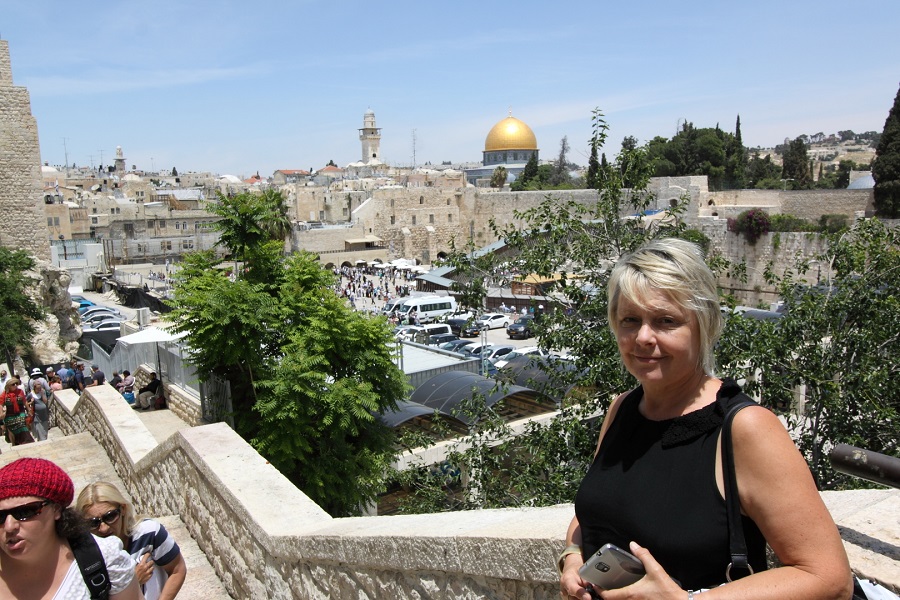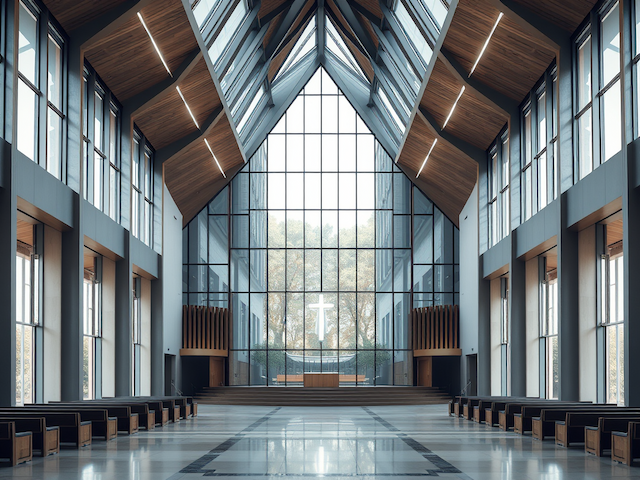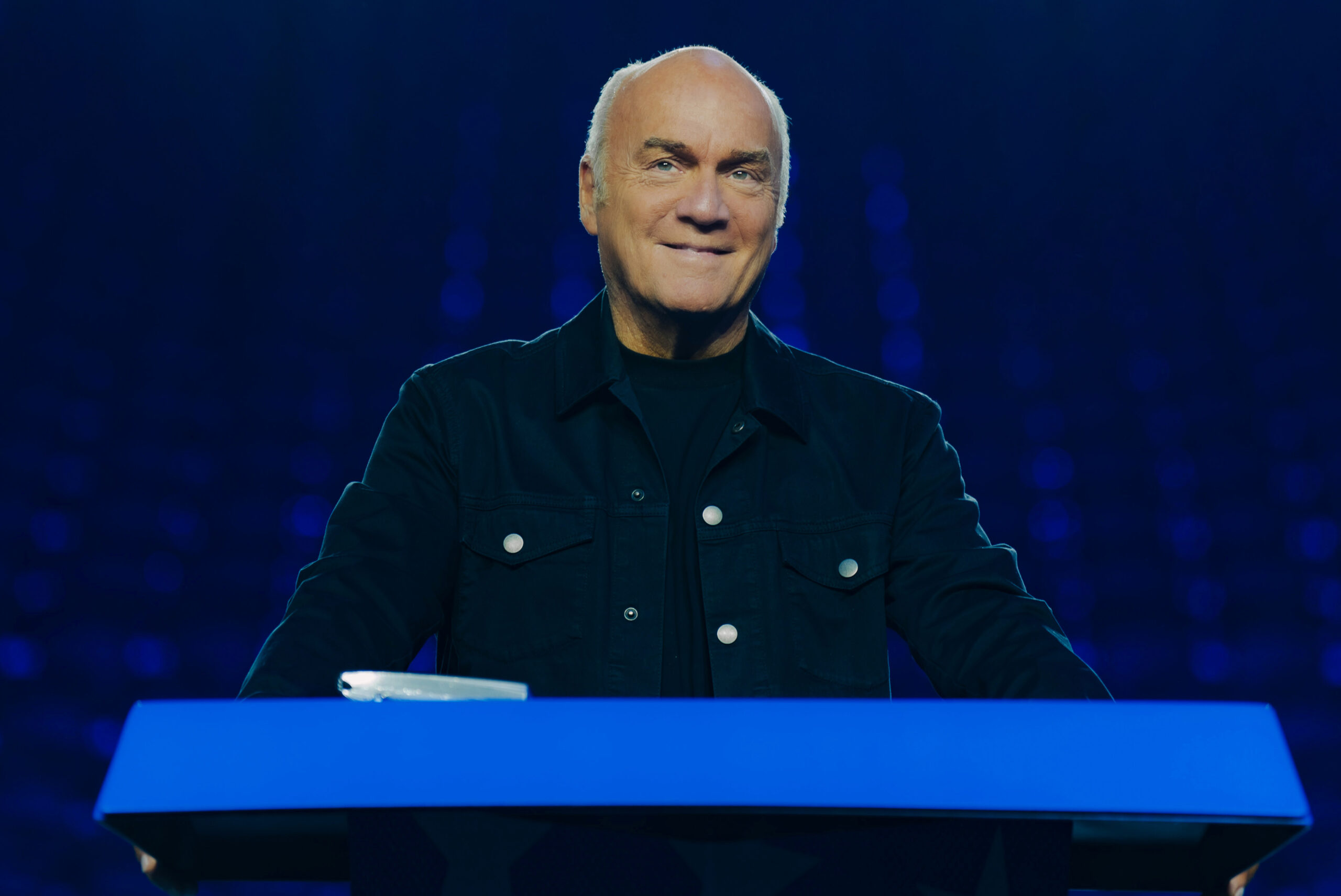The temple area (Jerusalem)
Half the world’s population consider the temple area in Jerusalem to be one of the holiest places on earth.

The old city walls we see in Jerusalem today were built by Sultan Suleiman in the 1500s. The only remains of the temple complex are the foundation stones of the Western Wall (previously the Wailing Wall). Please respect this area as a place of prayer. It’s as close as you can get to what was the Most Holy Place—the place of God’s abode on earth in Old Testament times. Here you will see Jewish people with a wide range of beliefs. Some may wear phylacteries—literally tying Scripture to their foreheads (Deuteronomy 6:8). You will see written prayers pressed into the spaces between the stones.
If the temple was considered the centre of the world, the rock it was built on was the foundation of the created world. Muslims conquered Jerusalem in AD 632, and built the Dome of the Rock in AD 691 to celebrate this rock. The associated Mosque Al-Aqsa was added during the AD 700s.
Abraham had travelled to one of the mountains of Moriah to sacrifice his son (Genesis 22:2). Christians and Jews believe it was Isaac who was offered, whereas Muslims believe it was Ishmael. After the exile, the location of Abraham’s offering was identified as the temple mount (2 Chronicles 3:1). So this is a sacred site for Jews, Christians, and Muslims.
The Dung Gate (Nehemiah 2:13; 3:13-14; 12:31) was near the southwest corner of Jerusalem. The Rubbish Gate would be a better translation: rubbish was carried out to the dump in the Valley of Hinnom (south of the temple mount). This valley has a dark history. Children were burnt here as sacrifices (2 Kings 23:10; 2 Chronicles 28:3; 33:6). Jeremiah was so angered by this practice that he presented God as saying, “You want bodies to burn in the Valley of Hinnom? I’ll give you bodies to burn! When the Babylonians invade, you’ll have so many dead soldiers that you won’t be able to deal with it” (paraphrasing Jeremiah 7:31-32; 19:2-6; 32:35). Gehenna is the Greek form of the Hebrew Ge-Hinnom (Valley of Hinnom). When Jesus spoke about hell, this is the word he used. The picture of bodies piled up to be burnt is the background for what he says about hell (Matthew 5:29-30; 10:28; 18:9; 23:15, 33; Mark 9:43-47).
Jerusalem today is divided into four quarters: Jewish, Muslim, Christian, and Armenian. In the Jewish Quarter are several ancient remains. The Cardo was the main colonnaded street. The Herodian Mansion shows how wealthy people lived. The Burnt House is said to have belonged to a priestly family, and was destroyed shortly after the temple fell.
Seeking to understand Jesus in the terms he chose to describe himself: son of man (his identity), and kingdom of God (his mission). Riverview College Dean
View all posts by Allen Browne





